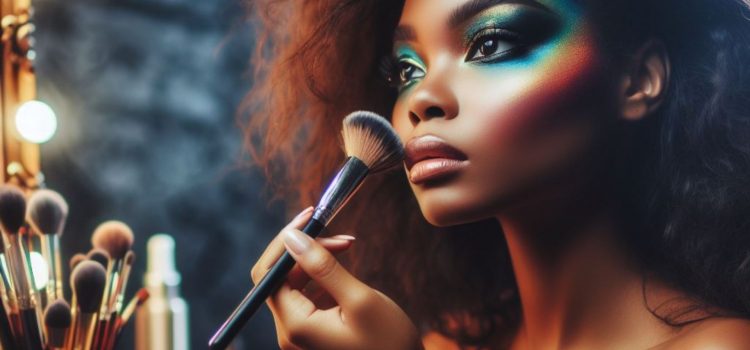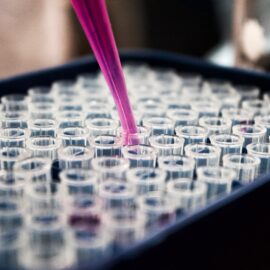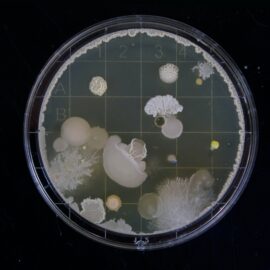
Is every type of sunscreen or cleanser good for your skin? Are there endocrine disruptors in cosmetics?
Estrogenics are a category of endocrine disrupters that interfere with your hormones, targeting estrogen receptors. Unfortunately, even though sunscreen and soap are essential skincare products, endocrine disruptors are commonly found in them.
Discover more about endocrine disruptors in cosmetic products.
Endocrine Disruptors in Cosmetics
Estrogenics are also commonly found in personal care products, such as sunscreen and skincare products. Anthony G. Jay points out three common endocrine disruptors in cosmetics:
1. Parabens—estrogenics used in fragrance products and cosmetics. While some researchers consider parabens to have less impact on your body than other estrogenics, Jay writes that there are many types of parabens with varying levels of estrogenic effects.
(Shortform note: Although the FDA doesn’t regulate parabens, states, major retailers, and brands are taking action. In 2020, California became the first state to ban propylparaben (a type of paraben) from cosmetic products, along with three other harmful chemicals. Numerous retailers and brand manufacturers have also already eliminated or plan to eliminate parabens from their products.)
2. Triclosan and Alkylphenols (APEs)—estrogenics found in soaps, toothpastes, and detergents. APEs are primarily used to create suds in soaps. They’re left out of ingredient labels, so we’re often unaware that they’re in the products we use. Fortunately, while APEs are still used in the US, triclosan—a widely used antibacterial agent—is on its way out: The US declared it “not generally recognized as safe” and began removing it from germ-killing products.
(Shortform note: APEs are found in higher levels in dust but can also be present in air, water, and food. While used mainly in soaps and cleaners, APEs are also used in paints, agricultural chemicals, and oilfields. Similarly, while triclosan is mainly used for cleaning and personal care products, it’s also used in pesticides, furniture, kitchenware, and textiles like clothing and carpeting. Although the FDA banned the use of triclosan in consumer soap products in 2016, it doesn’t regulate its use in these other products, so experts advise checking the labels of other products for triclosan.)
3. Benzophenone (BP) and 4-Methylbenzylidene Camphor (4-MBC)—estrogenics commonly found in sunscreens and other personal care products. When exposed to UV light from the sun, these estrogenics can fuse to estrogen receptors and stay active much longer than usual.
(Shortform note: BP and 4-MBC are known as UV filters. In 2021, the FDA classified zinc oxide and titanium dioxide as the only safe and effective sunscreen ingredients, while 12 other components—including oxybenzone (a type of BP)—were labeled as potentially unsafe due to insufficient data. One study by the FDA found that six active ingredients in sunscreens (including oxybenzone) were absorbed into the body’s bloodstream after a single use. Once absorbed, they remain in the body for extended periods, with oxybenzone remaining in the bloodstream for 21 days. While 4-MBC isn’t approved as an active ingredient in the US, it is an inactive ingredient in some products.)






